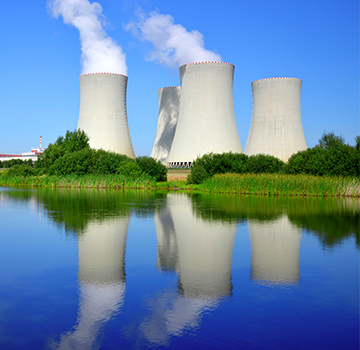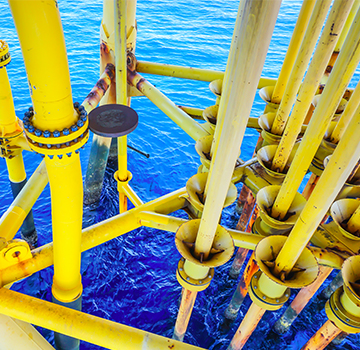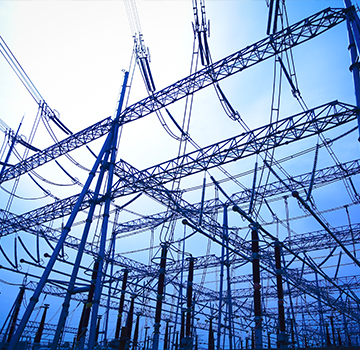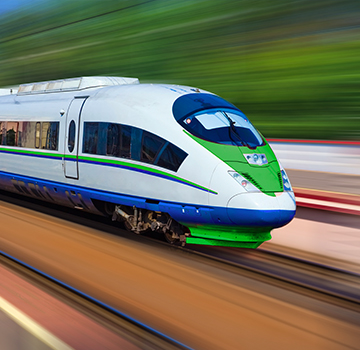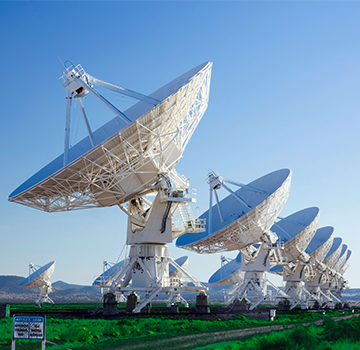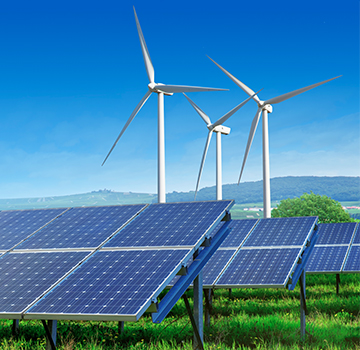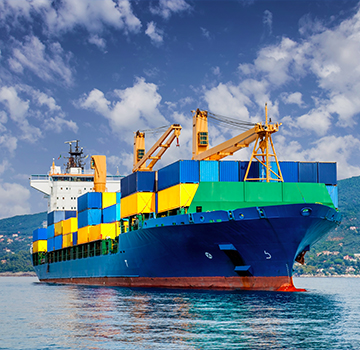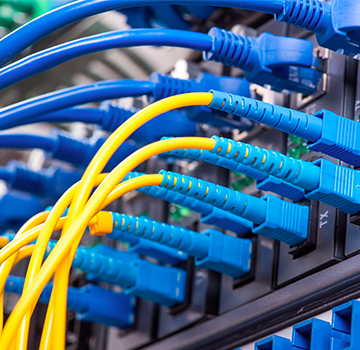Our pick for innovations in solar power
Advances in the capabilities of energy storage have made solar power an appealing alternative to increasingly expensive fossil fuels. The latter are both difficult to extract and impose significant environmental costs.
With this is mind; SEC is excited to be among the innovators leading Indonesia, and the rest of the globe, to a greener future. One where industrial batteries and solar panels are combined to provide greater energy security.
As such, we think it’s important to keep up with all the great new developments happening in solar power generation and, of course, the deep cycle batteries used to store that solar energy.
So here’s a list of our favourite developments in solar and energy storage. It features everything from the Tesla Powerwall with its deep cycle battery, to a plane that flies using the power of the sun. You’ll see we’ve taken special interest in Indonesia, a beautiful archipelago where SEC has recently begun operations.
1. The Tesla Powerwall
If you’ve spent any time reading about renewable energy you’ll have heard of the Tesla Powerwall. So despite the fact that it’s not ‘brand new’ in the market, we decided that the Powerwall, with its Lithium-Ion deep cycle battery, is well worth a mention.
When it comes to deep-cycle battery chemistries, Lithium is a popular choice for manufacturers, but it does have cost repercussions. In fact, the expert juries are still out on the total cost of ownership for a Powerwall, but with its introduction Tesla are no doubt responsible for cracking open the residential renewables marketplace.
They’ve brought the possibility of solar power to kitchen table discussions in houses around the world, and for that they deserve recognition! Find out more specifics in the SEC newsroom and get some expert advice on choosing a solar power and deep cycle battery system that’s cost effective as well as reliable.
2. Net metering in Indonesia
Selling power back to the local utility provider is an additional cost saving benefit to storing solar generated power in deep cycle batteries. But until recently, grid-tied net-metering (domestic solar power generation) was not available in Indonesia.
In partnership with P.T. Solar Power Indonesia however, SEC has recently entered into Indonesia’s first net metering domestic grid tie agreement with the PLN utility company. Check out the video here, the announcement was considered quite a coup.
The customer, located in Nusa Dua, Bali, can now send the surplus energy from their deep cycle batteries back to the grid in exchange for a credit on their electric bill. And since March 2016, more and more Indonesian power users have been signing up for the program, which makes solar power more cost-effective and contributes to grid stability. With solar power, net metering, and deep cycle batteries from SEC, everybody wins – even the Orangutans of Borneo.
3. Transparent solar panels
You may know that solar panels use their matte surfaces to capture visible light and turn it into energy. With this in mind, transparent glass solar panels might sound like an oxymoron but it’s now become quite possible.
The latest glass solar panels are completely transparent and harvest the solar energy from UV sunlight only. They don’t generate as much power per square meter as a panel that harvests visible sunlight, but they allow everything from the windows on a skyscraper, right down to your smartphone screen to perform as a potential solar generation opportunity.
4. Harvesting solar at night
One of the big limitations of solar power is you can only generate it when the sun is up. However, this new technology harvests infrared light, so even local thermal radiation at night can be captured.
The real benefit of these new systems will be seen during the daytime though. Only 50% of the energy coming from the sun is visible light, and much of the rest is in the infrared spectrum. So this new technology could increase solar panel power production by as much as 30%.
5. Solar powered shirts to charge your phone
Designer Pauline Van Dongen has teamed up with the Holst Center to use their thin-film solar cells in her clothing. A solar shirt only generates one watt of power, but that’s still enough to charge your mobile phone in a couple hours. Meanwhile you’ll also be making a fashion statement about your commitment to the environment.
6. Solar collars to keep track of your pets
This latest innovation could one day do away with the humble dog collar and leash, but in the meantime it’s being tested on animals in the wild. SEC were delighted to find that conservationists and naturalists have been using solar powered GPS collars to track bears, and that the product is now available to pet owners. With two options, either the Retrievor or the Solar-Trak, animal lovers with free roaming pets will soon be able to rest easy knowing they can track their furry friend by smart phone or tablet.
7. Floating solar farms
SEC has long championed the use of solar farms. They’re generally large groups of solar panels based in fields or on rooftops to generate energy for surrounding areas. But in Japan, the electronics manufacturer Kyocera, is teaming up with Century Tokyo Leasing to build the world’s largest floating solar panel system on the reservoir of Yamakura Damn near Tokyo. The system has 51,000 panels and will generate around 14 megawatts of energy -enough to power 5,000 homes.
8. An airplane powered by batteries
in 2016, Bertrand Piccard and Andre Borschberg finished flying around the world in their airplane, the Solar Impulse II, which relied entirely on solar power stored in deep cycle batteries aboard the plane. Prior to this, solar airplanes have circled the globe many times but they were ultra light crafts with no pilot. This plane weighs 2,300 kilograms and uses deep cycle batteries as a power source significant enough to carry a passenger.
9. A utility scale solar plant in Indonesia
Recently, Conergy has announced they will begin construction of the first utility scale solar power plant in Indonesia in partnership with PT Buana Energy Surya Persada and PT Indo Solusi Utama. The project will generate 4,200 megawatt hours of electricity to power 35,000 homes in East Nusa Tenggara, where currently half the residents do not have access to reliable electricity. Most of those who do have electricity get it from diesel, which causes air pollution and even occasional fires. Of course, deep cycle batteries will store the power for overnight use.
10. A solar powered airport
Having started three years ago, Cochin International Airport in India has now expanded their solar project to 48,000 kilowatts. The 45 acre, 9.3 million dollar project provides all of the airport’s electricity needs, storing power in deep cycle batteries for overnight use and even selling some power back to the grid. The Indian Minister of Civil Aviation has now directed all airports to incorporate solar power. Calcutta Airport plans to build a 70-acre panel array with deep cycle batteries to provide as much as 1/3 of their power.
During compilation of this list the SEC team couldn’t help but ask the question, could this airport solution work for Indonesia? The answer is mixed. Acreage is hard to come by near Indonesia’s popular Denpasar International Airport, but some of the twenty-three other international airports in Indonesia could find room for solar arrays.
And with the possible options of deploying transparent glass panels to replace windows or floating panels on the sea, even airports in congested areas like Denpasar and Jakarta could add solar power stored in deep cycle batteries to their energy mix.
